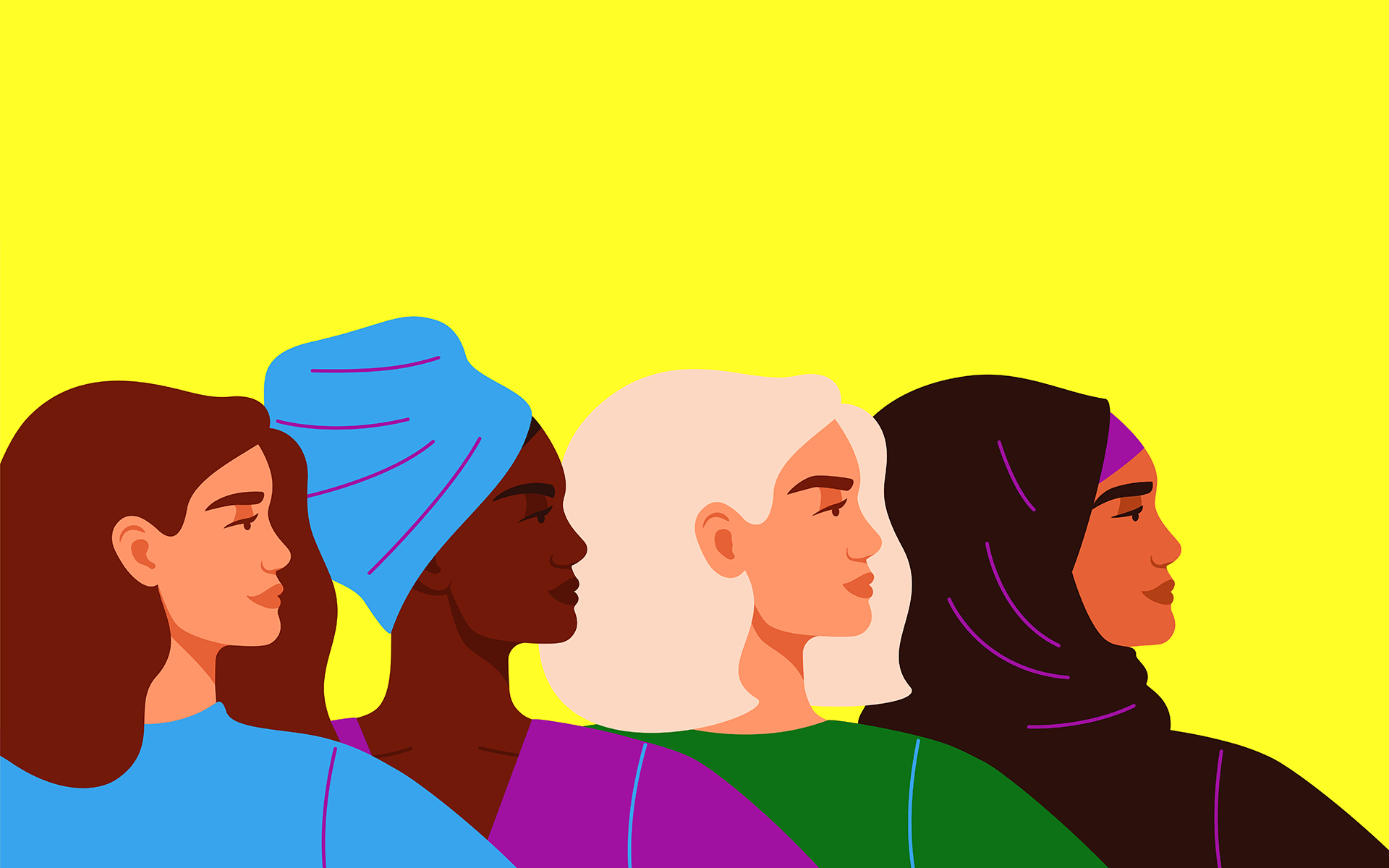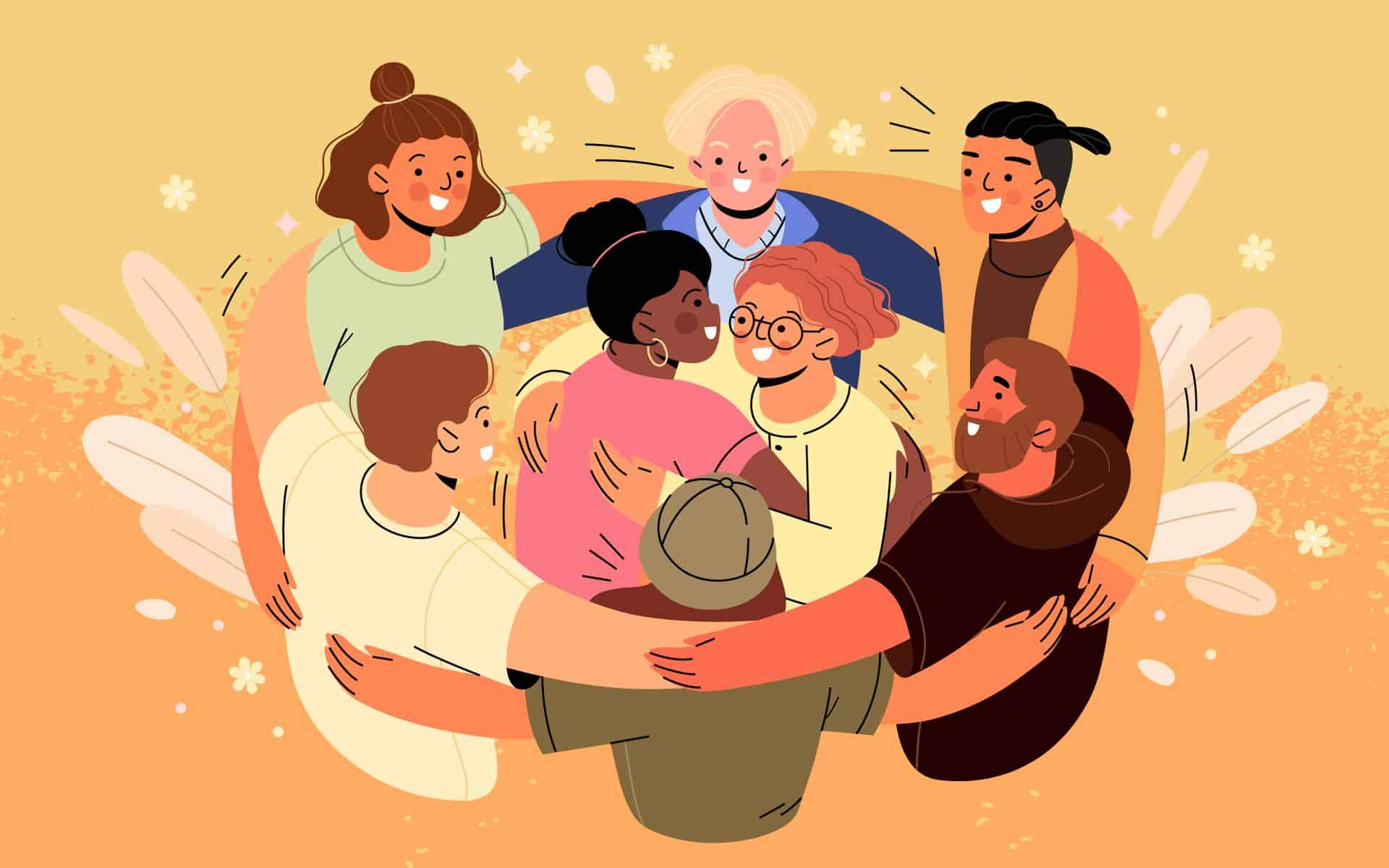With compassion for ourselves and others, we investigate a difficult relationship with an open heart.
A Guided Compassion Meditation
A 12-Minute Meditation to Foster Compassion with Tara Brach
- I invite you to take a moment if you need to adjust how you’re sitting. Make yourself comfortable, be at ease. When you settle, you might just begin the simple practice of breathing, so you breathe in and fill the lungs a bit, and when you breathe out, just consciously letting go of it with each breath. Just notice if there’s tightness or tension in your body that is ready to be released. Breathing and feeling yourself right here. Honestly and gently finding your way into this moment.
- What we’ll be doing is practicing with someone where there’s some difficulty and then I’ll ask you to do some journaling. So, for now, let your attention go to a relationship that matters to you, in which you feel some tension, conflict, resentment, separation. Not a relationship where there’s trauma. And sometimes when we’re invited to do these kinds of exercises, our mind starts scrambling around, trying to figure out the best person to work with. Don’t worry about that. You have plenty of time in this lifetime to bring this practice to other people. Just think of someone where there’s some tension, tightness, reactivity.
- To get more in touch, you might bring to mind a situation that really shows this, when you do get triggered. You could see the setting you’re in. If you’re inside, see what the room looks like. Remind yourself what’s going on. If it’s a person you’re not with in-person, remind yourself in terms of the online or Zoom relationship or however you’re in touch. What goes on? What gets communicated? If you’re seeing the person, what does their face look like?
- Notice what comes up with the primary response that you’re aware of in you—anger, dislike, judgment, blame. And let it be there. You’re really doing the basics of mindfulness here. You’re noticing it, you’re allowing it. Recognize and allow so you can make that U-turn, you can bring attention to your own experience. Bring it with some interest and some gentleness to begin to investigate. And again, you might sense what the worst part of this is for you. What most set you off about this? What’s most disturbing or upsetting? And you might even be noticing what you are believing when this is happening. That this person, if they cared, they wouldn’t be acting this way, or they don’t understand, they’re not seeing me. They couldn’t respect me. Or whatever it is. That they’re going to hurt themselves, that they’re causing harm.
- Check your body and sense the strongest feelings. Often, it’s more than just one feeling. You might have anger and dislike, but there may also be hurt or despair or shame or just a sense of powerlessness. And you might just ask yourself: What’s the feeling that’s most difficult to feel, or that I’m most unwilling to feel, but that’s really here and wants attention. What most wants your attention? Feel your body, your throat, your chest, your belly. I find it helpful to put my hand on my heart or wherever the feelings are strongest to keep the attention on the body and also begin to offer some care.
- Continue to investigate. What’s the unmet need here? Ask yourself, what were you hoping for? What were you wanting to experience that didn’t happen? What needs can you identify that are unfulfilled? Is that the need to be seen? To be understood? To be safe, respected, cared for, or loved?
- Begin, as you sense whatever the need is that’s the strongest, to really call on yourself, the most awake part of your heart, and offer compassion to yourself. Again, having your hand perhaps on your heart, and sending whatever message of care would be most healing. It’s going right to the part of you that feels vulnerable. For some, it helps to whisper out loud to themselves, even using your name. It’s OK, I’m sorry and I love you. Trust your goodness, trust you’re loved, you belong. Whatever begins to soften and open, let it in.
- Take some moments to notice the increased presence that’s here in whatever way it shows up for you, maybe some more space or clarity, you might feel more connected at home in your own being. And if not, if you feel stuck in some way, it’s fine to keep offering that compassion to whatever is here.
- If you feel some openness, some tenderness, this can be when you shift your attention to the other person. From this kind of open tender presence, begin to look at this other person to deepen your understanding. You might see the situation that has come up and imagine how they would be experiencing it. How would they describe what’s happening? What would it be like for them? And the way to do it is just to start imagining, what was that person feeling that was difficult? What were they wishing was different, hoping for from you? What painful belief might they have been running through their mind?
- Sensing into this other person’s unmet needs, what do they need to feel more safe in those moments? More respected? Loved? Important? Understood? And as you sense that person’s vulnerability, where their wounds are, their needs, you might feel your own heart’s care. Just open to whatever response feels natural, offering some wish for that person. Sense your heart as a field, a heart space, that can include, in a tender way, this other person.
- You might take a moment to imagine that person’s feeling that their needs are met. If that person’s needs were met, how might they behave and be different? Taking some breaths now, just feel your own presence and sense of who you are when you are here and present when your heart includes another. You might be interested to sense what other choices might open to you, what else might be possible in engaging.
- You can continue to reflect and take two to three minutes to journal, writing down for yourself whatever feels important here, what’s difficult in this process, and what you’re learning, what you want to remember.
read more
A 12-Minute Meditation to Cultivate Presence and Awareness
Bring mindfulness to your sensory experience by exploring your visual field.
Read More
3 Guided Meditations to Deepen Into Loving-Kindness
Loving-kindness meditation can help us to awaken to how connected we all are. You don’t have to like everybody, or agree with everything they do—but you can open up to the possibility of caring for them.
Read More
10 Powerful Women of the Mindfulness Movement: 2021
What remains, amid loss and suffering, uncertainty and fear, is the breath. Ten mindful women offer the wisdom of their practice, from their hearts to yours.
Read More
A 12-Minute Meditation for Remembering That We Belong to Each Other
Ruth King guides us in a practice to explore the truth of our interconnectedness.
Read More










